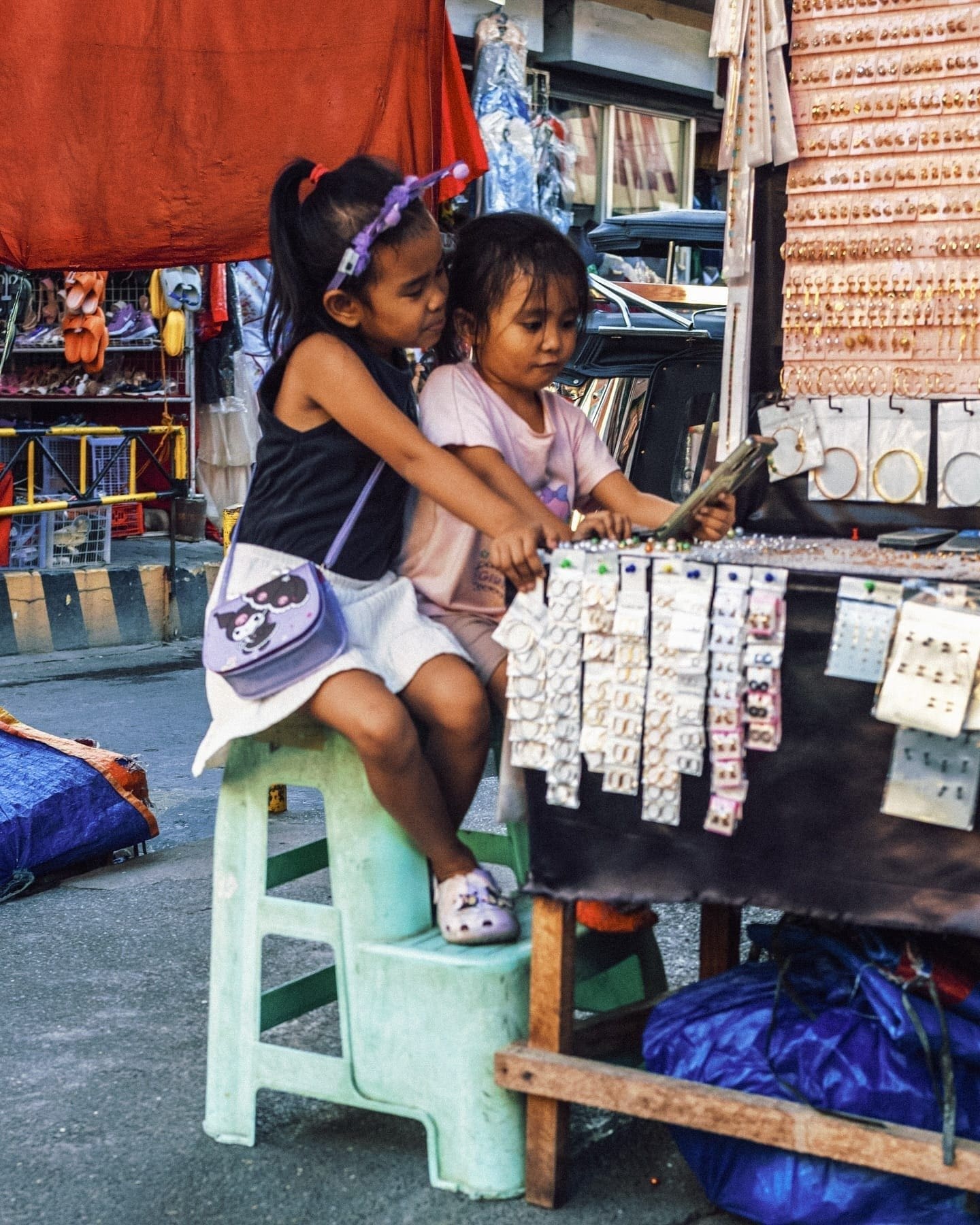
Capturing the Essence: Philippines Street Portraits
As the gentle hues of dusk drenched the vibrant streets of Manila, I found myself wandering through a tapestry of life so vivid and dynamic, it was impossible to remain an outside observer. With my trusty Leica M11 slung over my shoulder, I was driven by a singular purpose: to capture the raw and unadulterated essence of the place I hold dear in these Philippines Street Portraits. Each face held a story, each glance a narrative of resilience and hope. My connection with the local community has always been a profound one, and that intimacy found its way into every frame I composed that evening.
The Art and Craft of Street Photography in the Philippines
Manila’s bustling streets are a photographer’s canvas, layered with stories waiting to be told. Street photography is an art that thrives in such environments, weaving human connection with candid moments. Utilizing a range of skills, from the ability to anticipate the decisive moment to mastering the subtleties of light, street photographers like myself strive to document the genuine spirit of everyday life. Operating within this vibrant locale enables one to practice the delicate balance between the observer and the participant, capturing moments that reflect the cultural pulse of the area.
Leica photography epitomizes this genre’s dedication to authenticity and craftsmanship. The choice of using the Leica M11 was deliberate; its ergonomic design and exceptional image quality make it an ideal companion for capturing Manila’s streets. Its versatility allowed me to transition swiftly from contemplating a portrait to seizing an unexpected motion, all the while maintaining the documentary nature of my narrative.
Techniques Behind Candid Street Portraiture
Technique in street photography is as much about patience and intuition as it is about the technical aspects of camera settings. Central to this practice is an understanding of light and shadow. On the streets of Manila, lighting is often harsh and dynamic. As such, I often look for softer light during early mornings or late afternoons, when shadows add depth and character to portraits.
Another crucial element is blending into the surroundings. By doing so, the camera becomes almost invisible, enabling me to capture moments of pure spontaneity. Respect and sensitivity towards the subjects are key; seeking permission when necessary and expressing gratitude not only enrich the experience but often results in more genuine photographs.
Digital technology, while prevalent, is not always a part of this process. Many street photographers, myself included, choose to rely on minimal post-processing to uphold the integrity of the moment captured.
Insights into the Human Connection in Street Photography
Street photography in the Philippines is more than an artistic endeavor; it is an exploration into the multifaceted nature of human connection. Each photograph is a window into personal stories and cultural narratives. When composing Philippines Street Portraits, we find ourselves more than just photographers; we become storytellers—narrators of fleeting moments transformed into lasting imagery.
This approach requires photographers to immerse completely into their surroundings, to observe but not intrude, to listen and not only see. Each image, every face, forms a thread in a larger tapestry of shared human experience. It is this unity through diversity that defines the essence of the genre. Capturing these connections, and doing so with respect and dignity, is what moves my art forward.
For more insights into these techniques and tools, check out this Philippines Street Portraits.
Conclusion: Reflecting on the Power of Street Photography
As I review the portraits from that day in Manila, I am reminded of the power that photography holds to foster understanding and empathy. These images are more than just pictures; they are a testament to the spirit of the Philippines. They speak to the richness of cultures, the warmth of its people, and remind us of the shared human experiences that bind us all.
Street photography extends beyond technique; it’s an expression of the heart, aimed at inspiring conversations and bridging gaps between disparate lives. Through the lens of the Leica M11, I found not just photographs, but pieces of a larger narrative that will resonate with me for years to come.
This artistic journey has reaffirmed my belief in the importance of photography as a tool for connection, as a bridge between worlds, and as a medium through which the silent stories of our communities can finally be heard. In capturing the faces of Manila, I discovered more than their stories—I found a reflection of my own.
“`
